 I’m currently doing a YouTube tutorial called “PLC programming using TwinCAT 3“, which is one of the biggest hobby projects I’ve ever committed myself to. When I started with the tutorial I had a gut-feeling that it would probably take a huge amount of time to pull this one off. Initially, I guessed I would have to spend around five minutes of work for every minute of produced movie (ratio of 5:1). Now that I’ve done a couple of videos and actually clocked the time it takes all I can say is that ….boy, was I completely off with that guess! Lately I have been receiving many e-mails and messages with the question “When is the next part of the tutorial coming out?”. Instead of just providing the boring and generic answer “When it’s finished” I have decided that I will instead try to explain what it takes to do a YouTube video, and why I am not releasing a video every week.
I’m currently doing a YouTube tutorial called “PLC programming using TwinCAT 3“, which is one of the biggest hobby projects I’ve ever committed myself to. When I started with the tutorial I had a gut-feeling that it would probably take a huge amount of time to pull this one off. Initially, I guessed I would have to spend around five minutes of work for every minute of produced movie (ratio of 5:1). Now that I’ve done a couple of videos and actually clocked the time it takes all I can say is that ….boy, was I completely off with that guess! Lately I have been receiving many e-mails and messages with the question “When is the next part of the tutorial coming out?”. Instead of just providing the boring and generic answer “When it’s finished” I have decided that I will instead try to explain what it takes to do a YouTube video, and why I am not releasing a video every week.
YouTube is for me on the top-ten list of the best websites on the Internet. I’m on average probably spending at least one hour every day on YouTube (be it at home, in the metro/on the bike on the way to work, or in the waiting queue for the groceries). I am mostly using it as a form of podcast (without video) for listening to other software developers and their thoughts about software development, but from time to time I use it for pure entertainment as well. When seeing all this content I often thought “I wonder how long it took to make that video?” I think I have a better understanding of this now.
There are basically six steps involved in making a YouTube video:
- Idea/manuscript
- PowerPoints
- Recording
- Editing
- Subtitling
- Meta-data
Some take more time, others takes less. There are a few minor ones as well, but the above ones are the main ones which take the vast majority (~95%) of the total time.
Idea/manuscript
Every YouTube video starts with a manuscript. For every video I already know what I want to cover on a high level, and I start to work from that. I start by typing the header of the topic I want to cover, and from there I just write down what I want to be said. I usually let this process go on for many days, as I find myself getting new ideas when I am doing something completely unrelated to thinking about software, as doing the dishes. When I feel that something needs illustrations and deeper explanation, I simply mark it in the manuscript with the word PowerPoint, which acts as a note to myself that I need to do a PowerPoint to illustrate.
When I feel that something needs to be shown by using code, I do not script it. Most of the code examples are done on-the-fly, as I think it just gives the most “natural” feeling of how it is to write PLC software.
The writing together with the PowerPoints is the step that takes most of the time.
PowerPoints
This step is tightly integrated with the manuscript writing. Sometimes words are not enough, and illustrations and figures are necessary. I know there are other tools than PowerPoint available to make fancier animations and learning material, but PowerPoint is “good enough”. I’ve used PowerPoint since the mid-1990’s and it has just gotten better and more user friendly for every year of its existance. There are many good tools and components already built-in into PowerPoint that I seldom download anything externally.
The great thing with PowerPoint is that there are so many free resources online. While doing this tutorial, I wanted to learn how to do some fancy animations. A quick search in Google revealed thousands upon thousands of free tutorials specifically on how to do animations in PowerPoint. As learning is the most fun process in life, looking throught these is very enjoyable.
Recording
In this step I am setting up all the equipment such as tripod, camera, lights, photography umbrellas, soundproofing, microphone, and doing the actual recording of the videos. Of all the steps, this step is the quickest one (although it still takes a lot of time). This step is also my favourite. Being in front of the camera is the time where I can finally pretend there is a big audience in front of me and where I can express my thoughts and try to transfer them to others. The only boring part of this step is that it required an investment in the mentioned equipment, but I am sure it’s possible to come out with quite a minimal investment (using mobile phone instead of DSLR for example).
All the pretty blankets and pillows are there to minimize the echos/sound reflections in the room 😅
As I live in a rather small apartment, everything needs to be torn down/setup between every recording, so if I would have the space for a separate location for the recording, time could be saved here.
Editing
When I started doing the tutorial, I had not done any video editing in years. I have no formal education whatsoever in video production, and I have previously just used really “beginner” software such as Windows movie maker and alike. When I started this tutorial, I knew I needed to step up. After spending some time on research, I decided to go for Davinci Resolve. That was a great decision, I really love this software. It can do everything that my (limited) fantasy could come up with, and a million things more. It seems more and more people are converting to it from other software just as Adobe Premiere, even big film studios! I am not in any way sponsored by them, but because I’m so happy with this software I can really recommend it. Oh, I almost forgot to mention that it is completely free, which I think is just crazy considering how competent it is. Davinci Resolve has made learning about video editing and production fun!
Most importantly, compared to PLC-programming there are tons of material for learning this software. Basically, every problem I had with Davinci I could google and I found a tutorial on how that could be solved. Davinci makes the creative part of the brain busy and happy.
Subtitling
This is undoubtedly the most boring and painful part of the video production. Generally, when I am at this point in the video production, I just want to release the video, but instead I have to do the painstakingly long job of typing everything that is said in the video. YouTube has an automatic subtitle generator that works by analysing your voice. But for some reason it works terribly bad for me. I do not know whether there’s something wrong with my voice, or whether it’s that I cover PLC/TwinCAT 3 software development, or whether it’s simply that YouTube doesn’t like me, but the result of the automatic subtitling is bad. For this reason, I have to do it manually which is a slow process.
I must listen to my own voice over and over again and write down exactly what I say, making sure to break the sentences in appropriate places. This means I usually end up watching my own video two or three times. I get so tired of my own voice that I do not want to speak for days after this step. If I had a commercial channel I would most likely pay someone to do this job for me. The German subtitles are not done by me by the way, it’s good to have a German wife 😄
Metadata
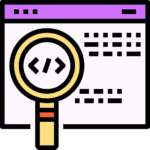 Once the video has subtitles, I finish off by adding all the metadata to the video such as tags, video description, category and adding it to the appropriate play list. In this step I also add the custom thumbnail that is visible in YouTube, which is made using Photoshop. This step adds about two more hours of work.
Once the video has subtitles, I finish off by adding all the metadata to the video such as tags, video description, category and adding it to the appropriate play list. In this step I also add the custom thumbnail that is visible in YouTube, which is made using Photoshop. This step adds about two more hours of work.
Once this step is done, the video is ready to be published!
Selection of T-shirt
I almost forgot the most important thing… selection of the t-shirt for the video!
Summary
I have clocked the time it takes to do one single video, and all-in-all including writing the manuscript, doing the PowerPoints, setting up the recording area, doing the recording, cutting/editing the video, writing the subtitles and finalizing with the metadata I have to spend a little over one hour of work for every minute of produced video (a ratio of 60:1). If we take an example, the video “Part 6a – Function blocks“, which is a little over 45 minutes long, took close to 40 hours of work to do. That means that even if I did not have any other job, it would still (on average) take me about one week to produce one video. Now, I also have a full-time job and (believe it or not) other hobbies/commitments as well, and this is the reason it is simply not possible to push out a video every week. After doing a few videos I really understand why many of my favourite YouTubers such as the 8-Bit Guy and LGR had to quit their jobs in order to have time to produce YouTube content. It simply is a lot of work, much more than I had imagined.
With that said, creating YouTube content is rewarding. By providing these tutorials I have learned a lot. The feedback I have received (both positive and negative) makes me very motivated to continue producing free PLC training material. I do however hope many more PLC software developers will join in and produce YouTube content. There are so many varying topics within PLC-software development that could make for interesting content be to be covered. Basically, any other type of software development language has tons of free tutorials/general content on YouTube, and as PLC software development is such an exciting field, I hope there will be more content creators in the future.
ps.
Don’t forget to subscribe to my YouTube channel 😉
ds.
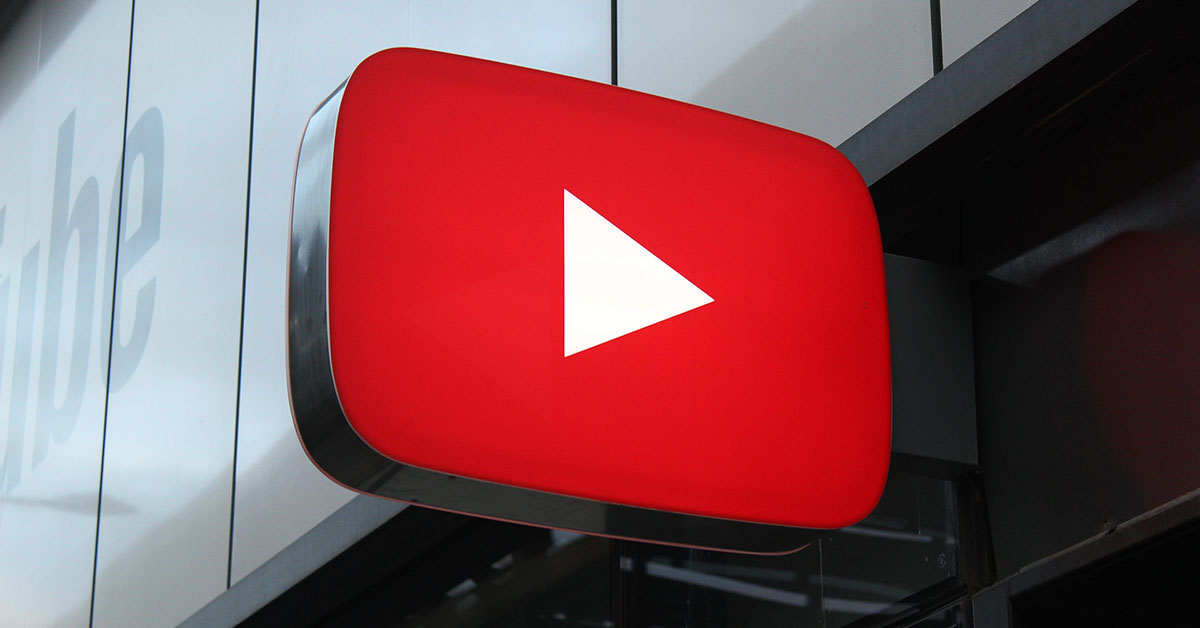
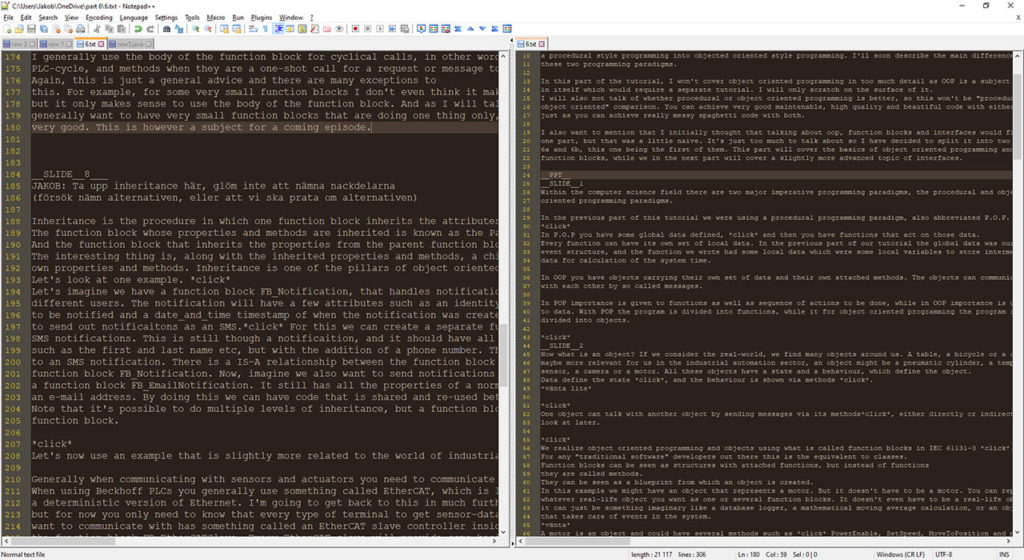
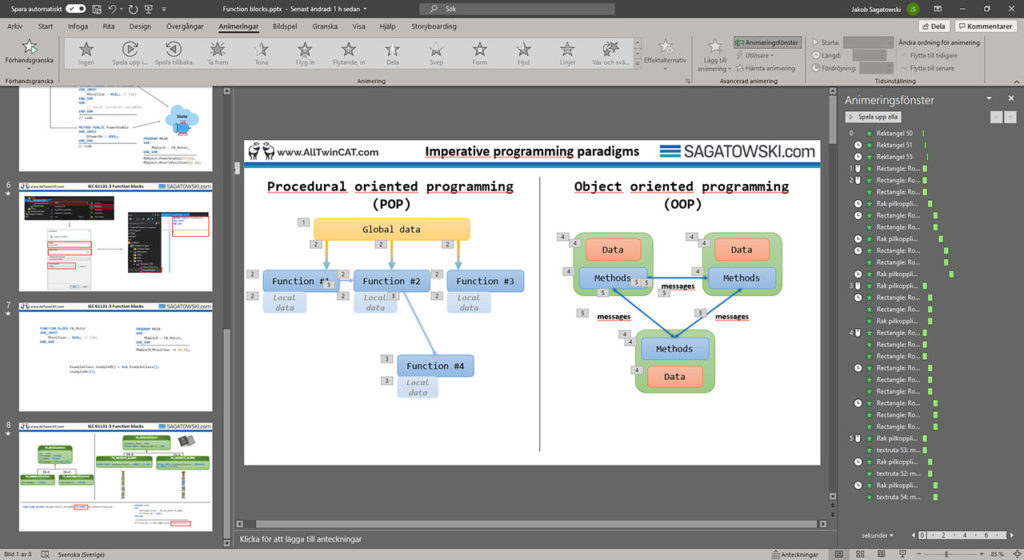
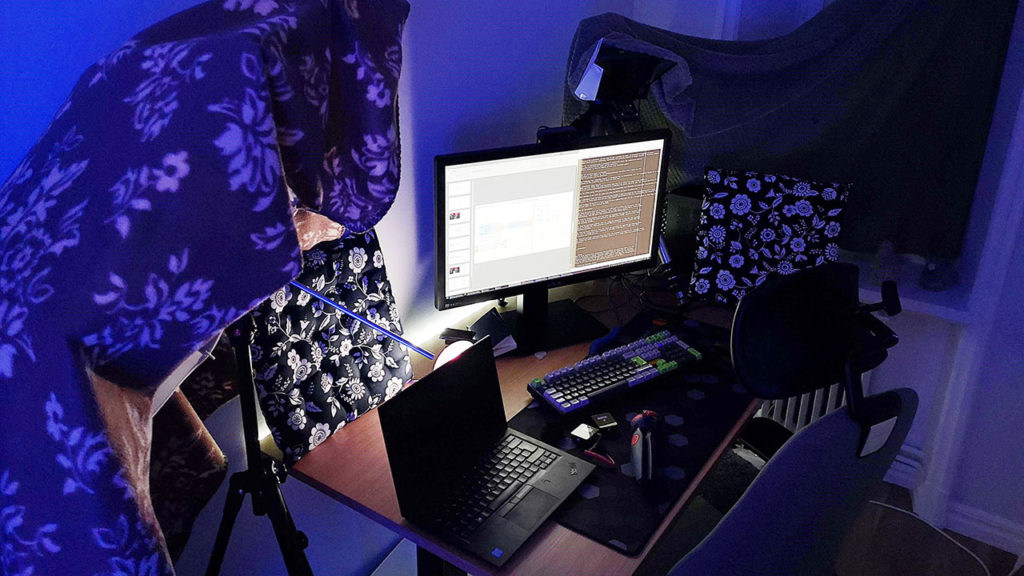

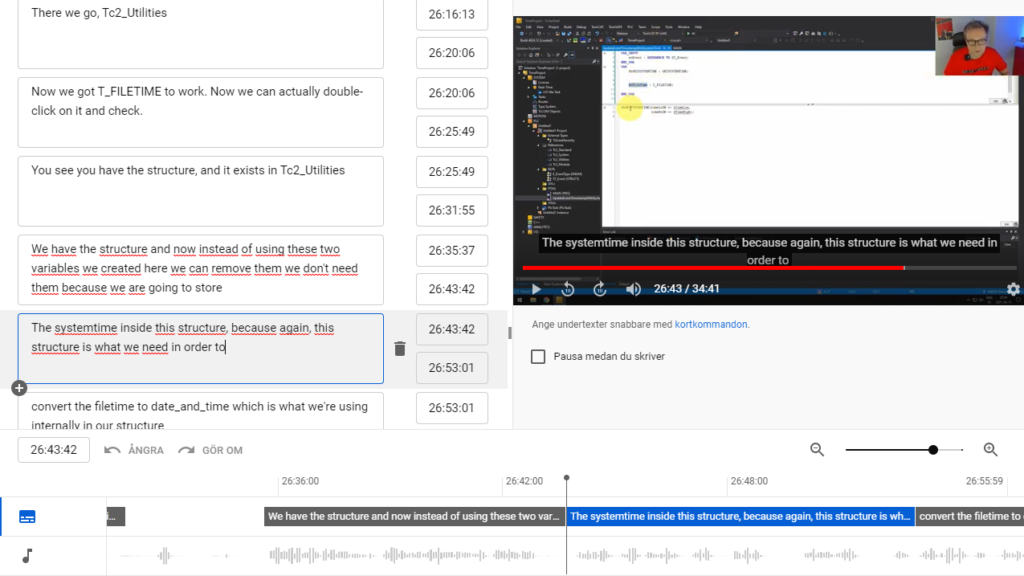

Thanks for all your hard work! I can’t even imagine how much dedication you need to make an entire video. Just writing a blog post usually takes me at least a full day. Keep it up!
Your videos are very interesting and well done, keep on going! Thanks for jour job!
Hi Paride! Thank you very much for the kind words. I’ll do my best! Cheers!
Hi Jakob,
Thank you very much for your work. The videos are super helpful and easy to understand.
Hello Jokob,
Your video help me to take charge of TwinCAT 3. Thank you very much for your time !
[…] is huge. I unfortunately can’t possibly satisfy everyone’s wishes for more courses, as every video is a lot of work (averaging about one hour of work for every minute of video). As this is fully unpaid work, I have to be very selective of what videos I will make in the […]